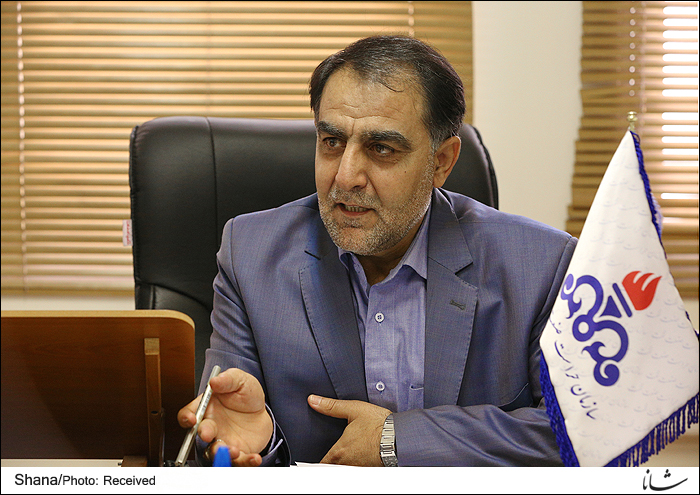Gholamzadeh said the advantage of the model, involving a group of Basiji (grassroot volunteers) on motor bikes, is monitoring 14,000 kms oil and oil derivatives' pipelines and presenting the surveillance report on daily basis.
He said online and daily surveillance and monitoring of pipelines by a group of pipeline watch, patrolling the area on motorbikes, raised the coefficient of safety of the oil and oil derivatives' pipelines, preventing any damage which would have resulted in incident in the course of operation of facilities in regions.
He added that the plan was tested in 2011 and yielded positive result. The major outcome of the project was preventing such incidents as fracture and blast of pipelines by a third party, including intentional and unintentional, according to the official.
He said the team of pipeline watch included 248 Basijis but members of the group would increase once such regions as the Persian Gulf and Martyr Rajaie and Martyr Bahonar jetties are also added to the facilities already in the list.
He added that watch group is usually in charge of repelling likely aggression, timely report of vulnerable points, of corrosion as a result of water, flood, landslide, humidity and leakage, and of theft of cables and equipment and repair.
The official said in the first three months of the current Iranian year of 1395 (Started on March 21) there were 22 cases of leakage due to corrosion.
Elsewhere in his remarks, Gholamzadeh said thanks to efforts of the pipeline watch team, two counts of bombs were detected in the path of pipelines in March and they were defused subsequently.
He concluded that prior to implementation of the pipeline watch project, two sabotage explosions in Midavid and Maroon pipelines left hefty financial damage and loss of life.


Your Comment